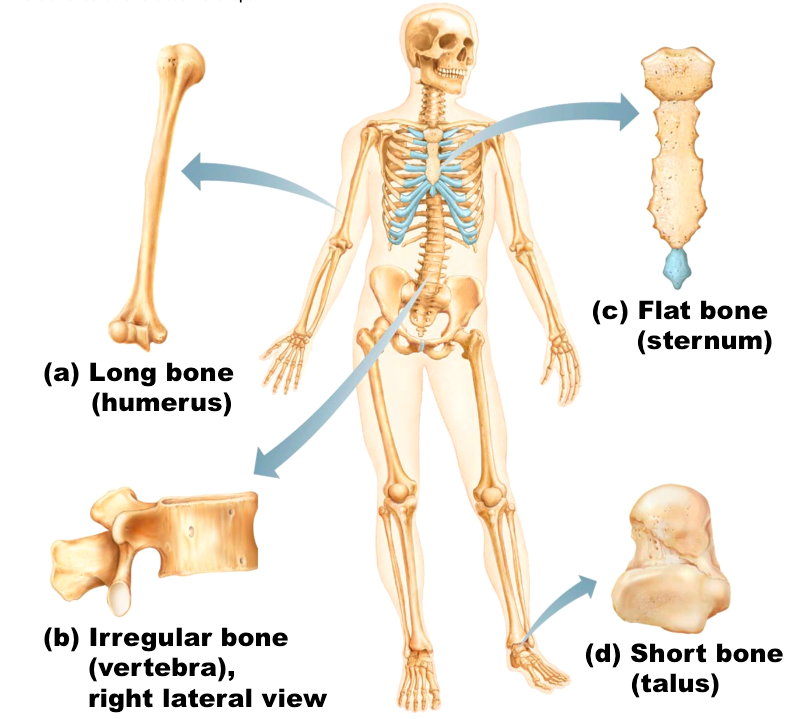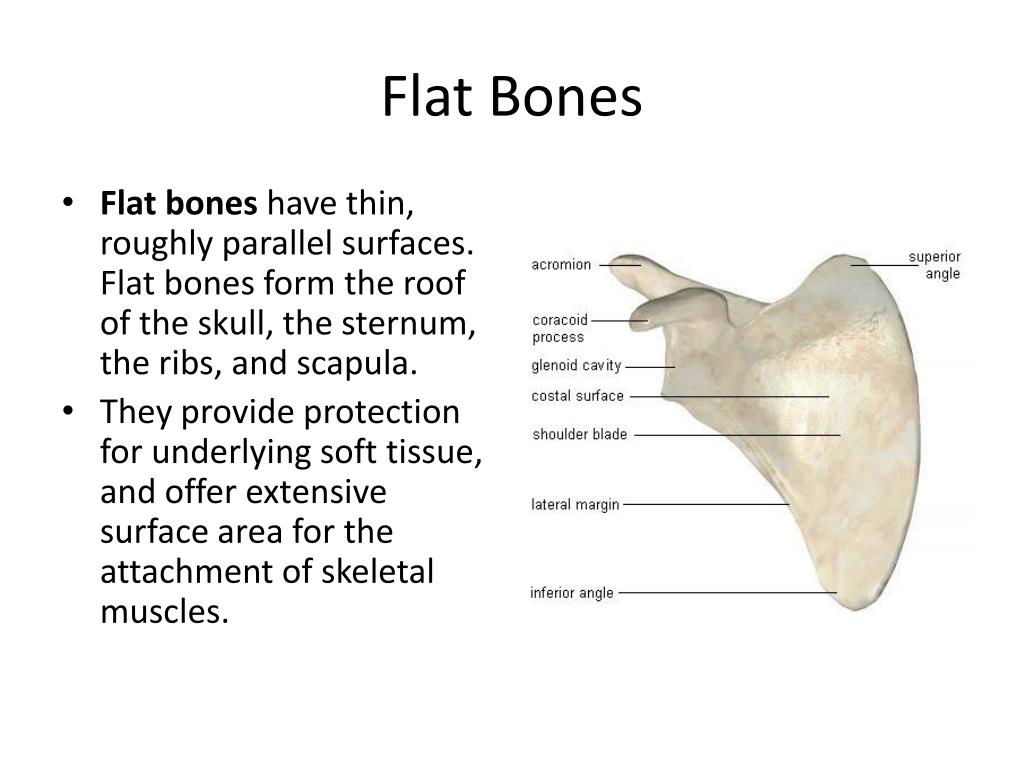
Located at the bottom and back of the head, just where the skull meets the vertebrae of the spine, that is, the nape. Flat, triangular and wide in shape, it is located in the upper part of the back, where both the clavicles and the humerus articulate. Due to the location of the nose, it is a compact and even bone, and constitutes the so-called “bridge” of the nose. It is located on the outermost part of the face, it is even, compact and unique to mammals. Located in the anterior part of the knee, it is short and spongy, in the shape of a triangle. They are the bones of the wrist and the front of the hand: scaphoid, trapezium, trapezoid, large, hamate, lunate, pyramidal, pisiform. The bones that make up the heel of the foot: calcareous, talus, cuboid, navicular, and wedges. The fibula is much thinner and external, however. Together with the tibia, join the foot with the femur. Articulated with the femur, it is located in the anterior internal part of the leg, next to the fibula. Of the two spindles that connect the elbow to the hand (ulna and radius), the ulna is the longest of the two. HumerusThe bone that joins the elbow with the shoulder, the upper arm, is called that way.Located inside the thighs, it is perhaps the longest in the human body. All those bones whose shape prevents it from being classified in any of the three previous groups.

Examples include the skull and rib bones. Flat bones are made up of a layer of cancellous bone between two thin layers of compact bone. Short bones are roughly cube-shaped, contain mostly cancellous bone, and are located in the hands and feet. They are dense and strong, housing red and yellow pith.

As its name indicates, length is predominant over width and thickness. In addition, bones fulfill metabolic, homeostatic and endocrine functions, and blood cells are generated in the bone marrow contained within them.Īccording to the general characteristics of their shape, the bones of the human body can be classified into: The bones They are the most resistant cellular structures in the human body, biomineralized from calcium and other elements, forming an endoskeleton whose role is to provide support to the entire body and protection to the various internal organs. Video: Types Of Bones In The Human Body - Long Bones - Short Bones - Flat Bones - Irregular Bones Content


 0 kommentar(er)
0 kommentar(er)
